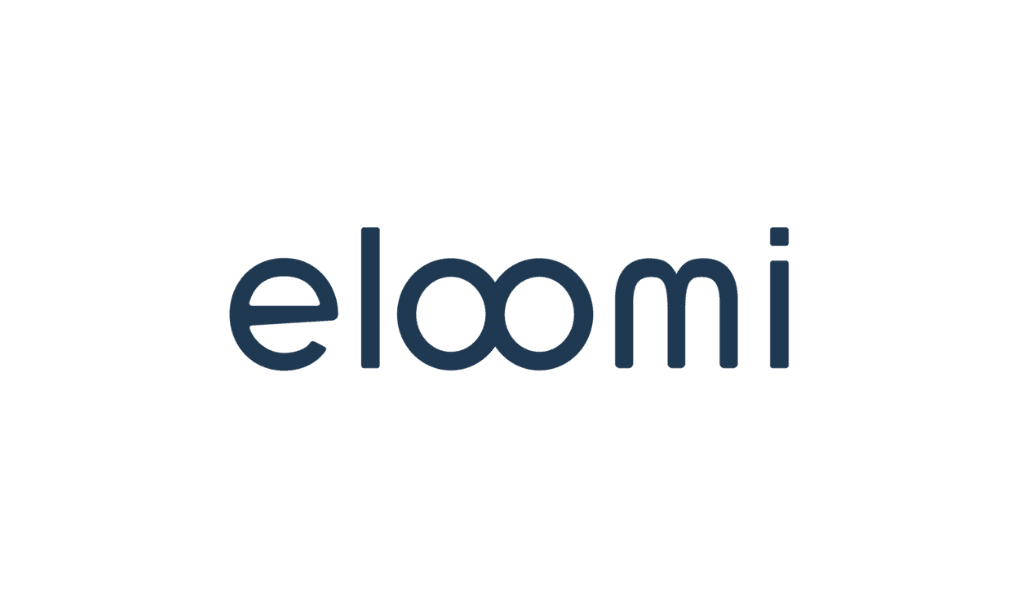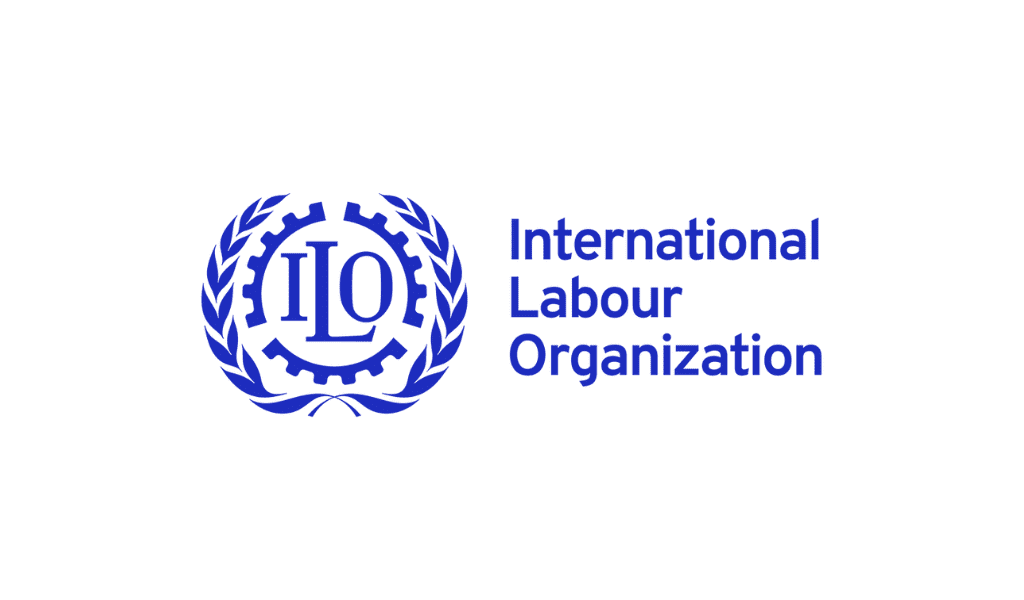Organizations of every size are overcoming challenges caused by COVID by implementing new human capital management approaches.
By Zee Johnson
Small businesses have experienced a great deal of change brought on by the COVID-19 pandemic. Oasis’s 2020 Priorities for Small Business Owners report identified recent trends that have affected small business owners and the forthcoming shifts they can anticipate. Small businesses can stay ahead of the curve as it pertains to evolving trends and policies if they become and remain readily prepared to do so. For a large percentage of business owners, attracting the right workers has been the ultimate challenge.
Small business owners report finding strong, competent management and dedicated, capable employees is the biggest hinderance they’re now facing and believe it will remain in the near future. Thirty-six percent expect attracting worthwhile talent to be a future struggle, while 77% are managing this issue -up 8% from 2018.
One solution companies are turning to is increasing their overall hiring. One in three (34%) companies predict they’ll initiate more hiring this year than ever before. Twenty percent report they’ve undergone more hiring than in the past year to fill skills gaps in the business, and 14% say they would substantially increase their hiring to promote growth. For those businesses planning to step up their hiring efforts, businesses that had been operating for 10 or fewer years and that earned between $500,000 to $999,999 in revenue were most committed to this approach. Only 9% of respondents said they expected less hiring than in the past year.
For attracting talent and virtually onboarding and training new hires, technology has been essential. More than one third (37%) of respondents say they plan to implement technology but admit there’s a learning curve when trying to use it effectively. Fifty-four percent say they use it regularly to improve efficiency and productivity. For the group of small business owners and managers who use technology day in and day out, solutions include websites (60%), cloud-based solutions (41%), and mobile apps (39%).
Another approach small businesses have undertaken to streamline their processes is outsourcing. In 2018, just 8% of respondents said they had outsourced some of their HR administration tasks. Now, that number stands at 23%. The most frequent tasks that business owners are looking to outsource include payroll administration, 401(k) and benefits. Oasis’s The COVID-19 Pandemic Impact on Businesses report found that 36% of business leaders want to make employee benefits more accessible and that same number are working to make it more affordable.
Twenty-three percent of respondents say they are likely to outsource their HR administration in the next 12 months, a 4% increase from 2018. This sentiment was most prominent amongst small businesses with between 50 and 99 employees, that earned less than $500,000 in revenue, and have been in operation for fewer than 10 years.
HR partnerships, along with technological advancements and better, more affordable employee benefits could help alleviate the pressure small businesses are feeling and set them on a path to long-term-prosperity.














